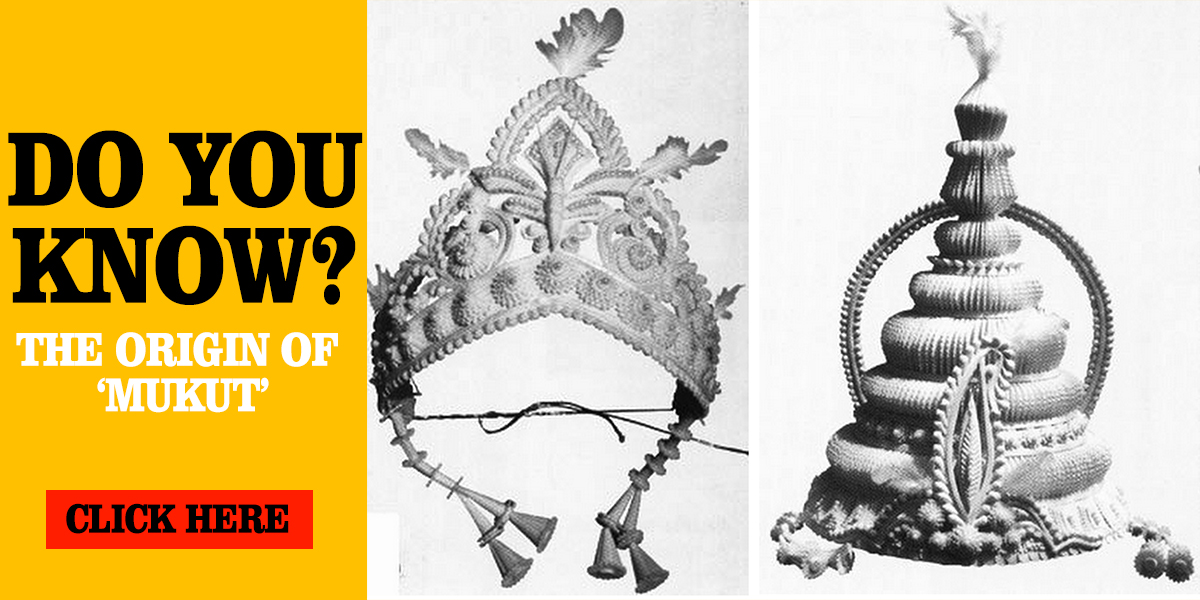

Sholapith: An Eco-Friendly Traditional Craft from Bengal a typical craft material is trying to transcend its regional boundary and enter the international market. The stately white attire and ornaments seen on many Durga idols worshiped during the autumn festival in Bengal et al. fascinated you? Or, you’ve got seen the ornamental white conical headgear of a Hindu Bengali bridegroom. But did you recognize that these are but reminders of a specialized craft of province, which like other traditional crafts, is on the wane?

Shola, the white softcore obtained from the stem of the eponymous has been in use in Bengal since the outing of mind. Traditionally, due to its divine origin and white color, the substance is taken into consideration as auspicious, pure, and hence used during religious and social functions. There are many stories associated with the origin of the shola plant and thus the community of artists who use it to form the products. Consistent with one story, the plant originated from the whims of Lord Shiva. He asked Vishwakarma, the god of vison, to bring him a white crown and garland to be worn during his wedding with Goddess Parvati. But when Vishwakarma didn’t deliver, Shiva plucked a lock of his own hair and flung it into a pond, which immediately sprung a special reed, and when Vishwakarma didn’t understand what to undertake with the reeds, Shiva flung a hair off his arm into the pond whence emerged a young man. This young man used the pure white core of the plant to create Shiva’s crown, garland, and other ornaments. Lord Bholenath named the youth ‘Malakar’ or the garland maker, a reputation that the standard shola craftsmen are still known by.

And even today, in traditional Hindu Bengali weddings, the bride and thus the groom wear special headgears made up of shola. The groom wears the conical shola ‘topor’ while the bride wears an ornamental crown or ‘mukut’. Being soft and light-weight, Shola is sometimes used for creating apparel, ornaments, and other decorations of idols.
Besides, craftsmen from various districts within the southern neighborhood make toys, decorative items, including flower bouquets, greeting cards, portraits of idols, finely crafted miniature statues, etc from Shola. What the majority don’t understand is that shola being a natural product is straightforward to eliminate because it’s biodegradable. Therefore, albeit local customs require you to throw shola products within the water, as an example during the Durga puja immersion within the rivers, it’ll not pollute the water.